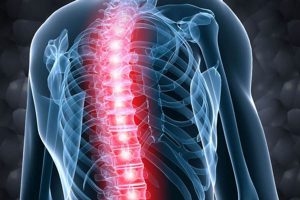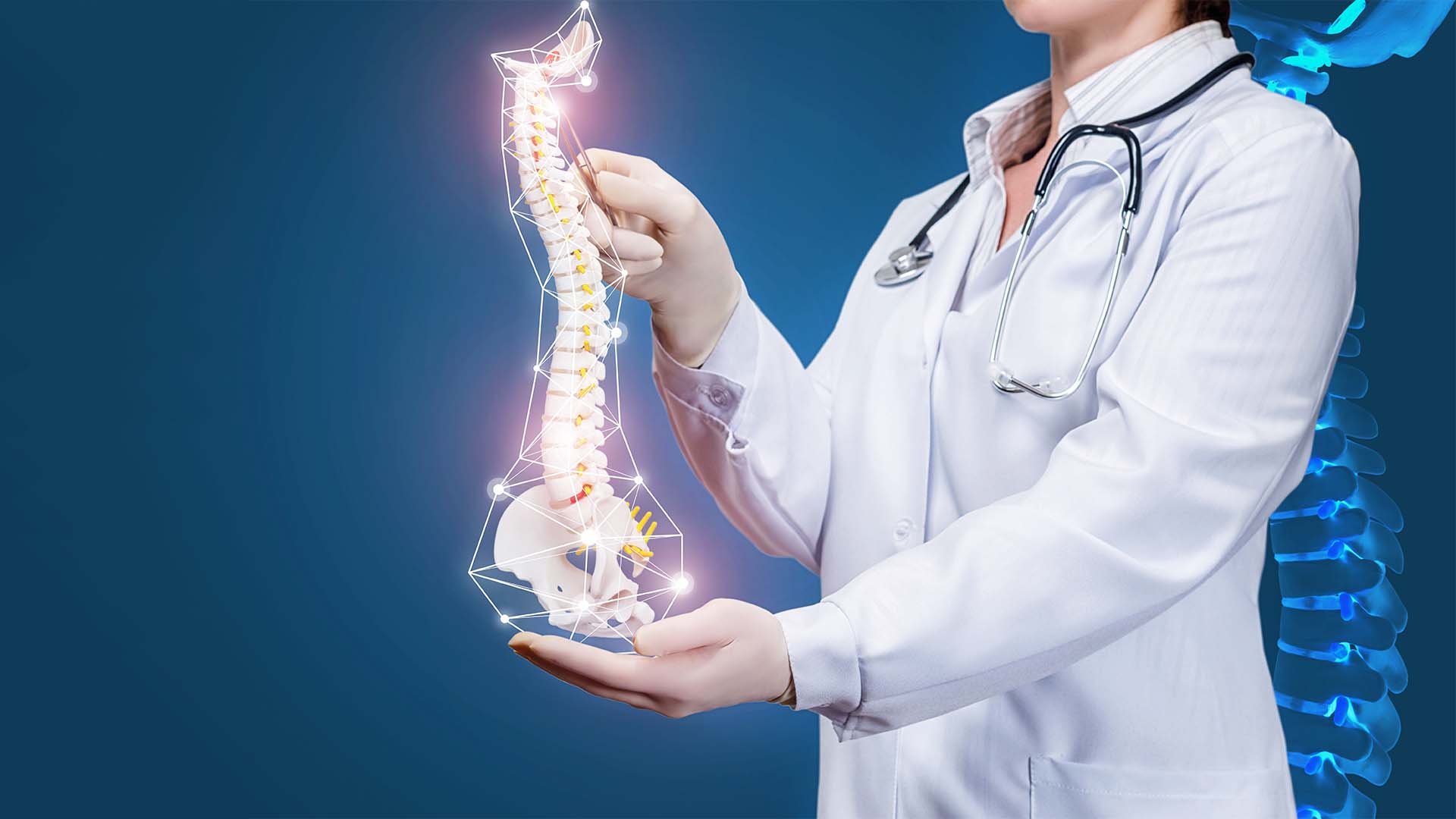The channel of spinal cord found at the back area, stretches through a tighter plane compared to the neck and waist areas. The space between the neurons passing through this channel and the channel’s bone wall is much shorter. Therefore, an hernia that may occur around the back area can cause a much severe discomfort for the patient. Also, the symptoms of back hernia are more prominent, thus, the condition must be treated immediately. In case of any delay in the treatment, the patient may be left with certain irredeemable conditions. Back hernia is one of the most significant disorders observed in the population. The cause of this illness, which is rarer compared to disk hernia, is due to the fact that the vertebra on the back move less frequently.
Among the symptoms of back hernia are; pain in the neck, back or arms, numbness, inability to wall, unrest, weakness in the arms and legs, losing control of bladder and bowel movements. After occurring, back hernia poses a severe pain towards the chest area.

How to Treat Thoracal Hernia?
In right cases, the methods of physiotherapy and non-surgical approaches are usually preferred to treat back hernia. However, it is extremely important not to delay the surgical intervention in cases it is considered necessary. The surgical interventions performed by experienced physicians may relieve the most of patients’ pain. The sooner the operation is performed, the more successful the results will be. If the surgical intervention is delayed the case will be advance even further and the pressure on the neurons will increase. Because as the time goes by, the channel of spinal cord naturally tightens even more.
Thoracal Hernia Surgery
In cases where the hernia puts pressure on the spinal cord, the patient may lose muscle power and sensation. Also, the patient may suffer unbearable amount of pain. In such cases, the surgical intervention becomes the main topic of conversation about the treatment of back hernia. Several techniques of surgery may be performed depending on the development of the back hernia. Among those are; discectomy and laminectomy, the traditional approaches. But especially in the recent years, the frequency of performing microdiscectomy has been increased. Working with micro techniques from the skin tissue increases the safety of the operation. Nevertheless, the neuron elements must be meticulously protected. Following the back-hernia operations.
Performed under the protocols, the downward trend of the condition will be reversed, and the patient’s level of comfort will increase significantly.




